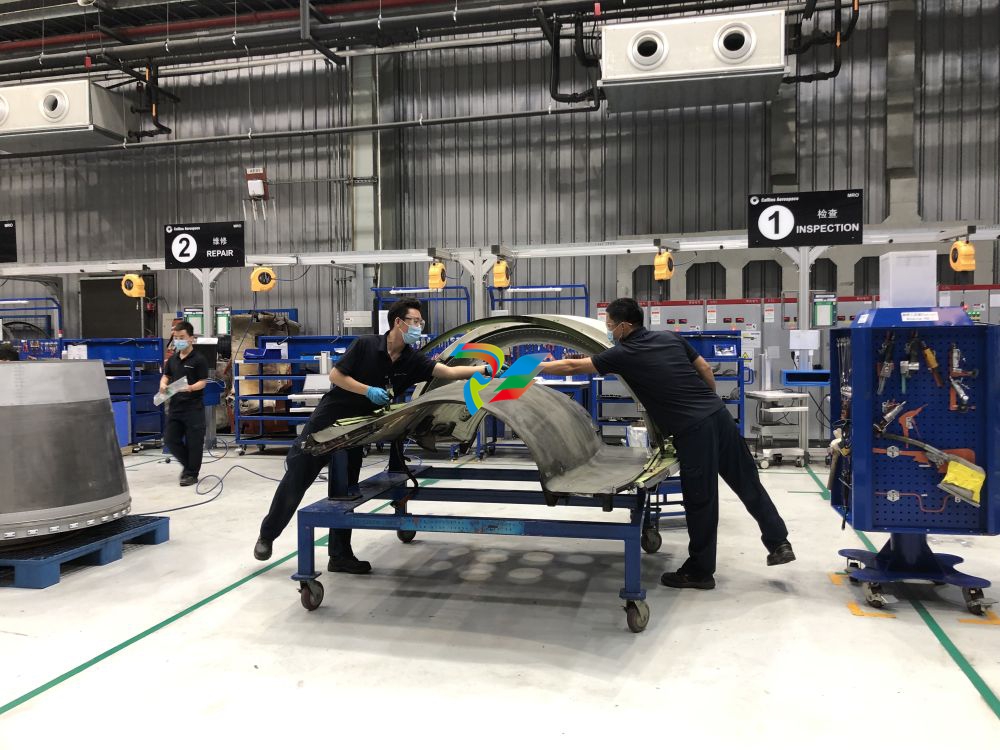
DCS; Industrial control system
Product
Article
NameDescriptionContent
NEW CENTER
Current Location:
Automated Equipment in Automobile Manufacturing: Driving Innovation and Efficiency
From:
|
Author:huang
|
Time :2024-11-12
|
224 Browse:
|
Share:
Automated equipment has become an important part of automobile manufacturing, significantly enhancing efficiency, precision, and quality. Automated machines can perform repetitive tasks with high precision and speed. For example, during the welding process, automated welding systems can ensure consistent welding quality and reduce defects. Automated equipment also reduces long-term costs. Although the initial investment is large, its low error rate reduces rework and waste. Continuous operation also decreases downtime and boosts productivity. Automated equipment has remarkable advantages in increasing production efficiency, reducing costs, improving product quality, and enhancing safety. Key technologies such as robotic technology, sensor technology, control systems, and information technology play important roles in automobile manufacturing. Automated equipment is widely used in fields such as automobile, electronics manufacturing, and food processing. However, it also faces challenges such as high initial investment, rapid technological changes, and a shortage of skilled personnel. In the future, smart manufacturing, customized production, and green manufacturing will become the main trends.
五、Challenges and Future Trends

(一)Initial Investment Hurdles
The high initial cost of implementing automated equipment in automobile manufacturing can be a significant hurdle for businesses. The purchase of advanced robots, sensors, control systems, and information technology infrastructure requires a substantial financial outlay. For small and medium-sized enterprises, this may pose a challenge in terms of capital availability. However, it's important to consider the long-term benefits. Although the initial investment is high, automated systems can lead to significant cost savings over time. They reduce labor costs, minimize waste, and increase productivity. For example, a study found that companies that invested in automated manufacturing systems saw a return on investment within three to five years. Additionally, businesses can explore financing options and government incentives to help offset the initial cost.
(二)Rapid Technological Changes
The field of automated equipment in automobile manufacturing is constantly evolving, with rapid technological changes being a major challenge. Manufacturers need to continuously adapt and upgrade their systems to stay competitive. This requires a significant investment in research and development, as well as ongoing training for employees. The pace of technological change also means that equipment can become obsolete quickly, adding to the cost of staying up-to-date. However, it also presents opportunities for innovation and improvement. By staying on top of the latest trends and technologies, manufacturers can enhance their production processes and gain a competitive edge. For example, the integration of artificial intelligence and machine learning into automated systems is enabling more intelligent and flexible manufacturing.
(三)Talent Shortage
The demand for skilled personnel to operate and maintain automated systems is a growing concern in the automobile manufacturing industry. As automated equipment becomes more complex, there is a need for workers with technical skills in areas such as robotics, programming, and data analytics. However, there is currently a shortage of such talent in the market. To address this challenge, manufacturers need to invest in training and development programs to upskill their existing workforce. They can also collaborate with educational institutions to develop relevant courses and curriculums. Additionally, companies can offer attractive compensation packages and career development opportunities to attract and retain skilled personnel. For example, some manufacturers are partnering with vocational schools to provide apprenticeships and internships, helping to train the next generation of workers.
(四)Future Prospects
The future of automated equipment in automobile manufacturing looks promising, with several trends emerging. Smart manufacturing, which combines artificial intelligence, the Internet of Things, and big data analytics, is expected to revolutionize the industry. This will enable more intelligent decision-making, real-time monitoring, and optimization of production processes. Customized production is also on the rise, as consumers demand more personalized vehicles. Automated systems can facilitate the production of customized products by quickly adapting to different specifications and requirements. Green manufacturing is another important trend, as the industry looks to reduce its environmental impact. Automated equipment can help optimize resource usage, reduce waste, and lower emissions. For example, the use of sustainable materials and energy-efficient processes can be made more efficient with automated systems. In conclusion, while there are challenges to overcome, the future of automated equipment in automobile manufacturing is filled with opportunities for innovation and growth.

















































.jpg)
.jpg)
.jpg)





.jpg)



.png)
.jpg)

.jpg)
_lVjBYb.jpg)

.jpg)
.jpg)



.jpg)
.jpg)







.jpg)

.jpg)
.jpg)











.jpg)




.jpg)
.jpg)
.jpg)
.jpg)
.jpg)
.jpg)

.jpg)

.jpg)
.jpg)
.jpg)






.jpg)


.jpg)


